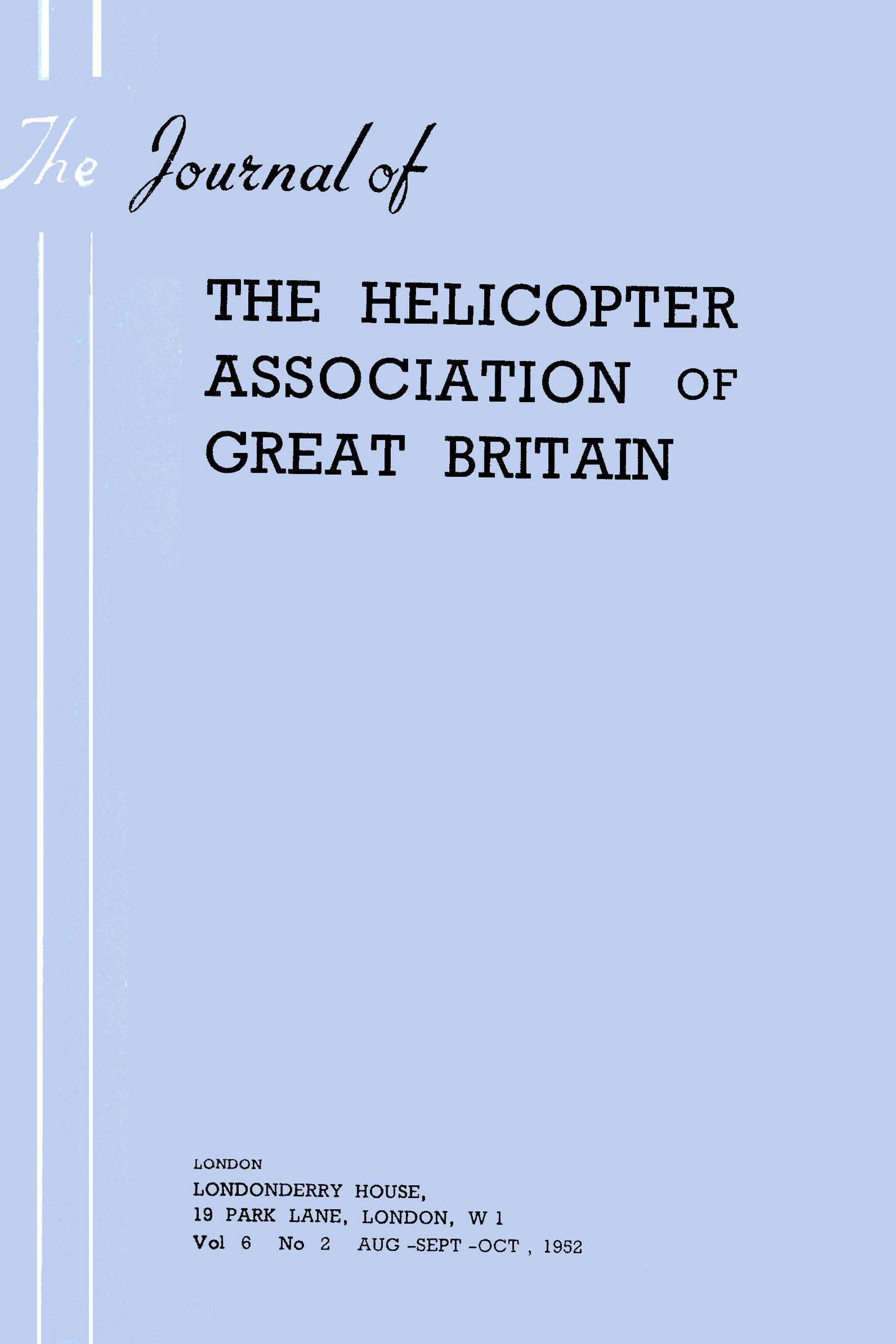No CrossRef data available.
Article contents
The Structural Airworthiness of Helicopters with particular reference to Fatigue Failure
Published online by Cambridge University Press: 26 October 2023
Extract
The importance of reliable airworthiness criteria is stressed in an introductory paragraph Practice in aeroplane design is reviewed briefly, noting particularly the current tendency to permit increasingly severe fatigue loads The principal loads on the elements of a helicopter are enumerated, and consideration of their repetitive nature leads to an extended discussion of fatigue failure and methods of correlating fatigue loads Suggestions are offered for a rationale of provisional strength requirements and the amendments desirable following the establishment of additional data The need in this connection for extensive V-g and blade stress records taken in operation is emphasised
Many people in Great Britain are now confident that helicopters will shortly be in general use for a variety of commercial purposes Some of these anticipated functions are not new to air transport undertakings—certain feeder-line services within the British Isles, for example, may well be operated by helicopters—but the fundamental ability of the helicopter to take-off and land in confined spaces gives it an additional scope in circumstances which preclude the use of fixed-wing aircraft
- Type
- Research Article
- Information
- The Journal of the Helicopter Association of Great Britain , Volume 2 , Issue 2: July-August-Sept 1948 , September 1948 , pp. 18 - 24
- Copyright
- Copyright © Royal Aeronautical Society 1948




